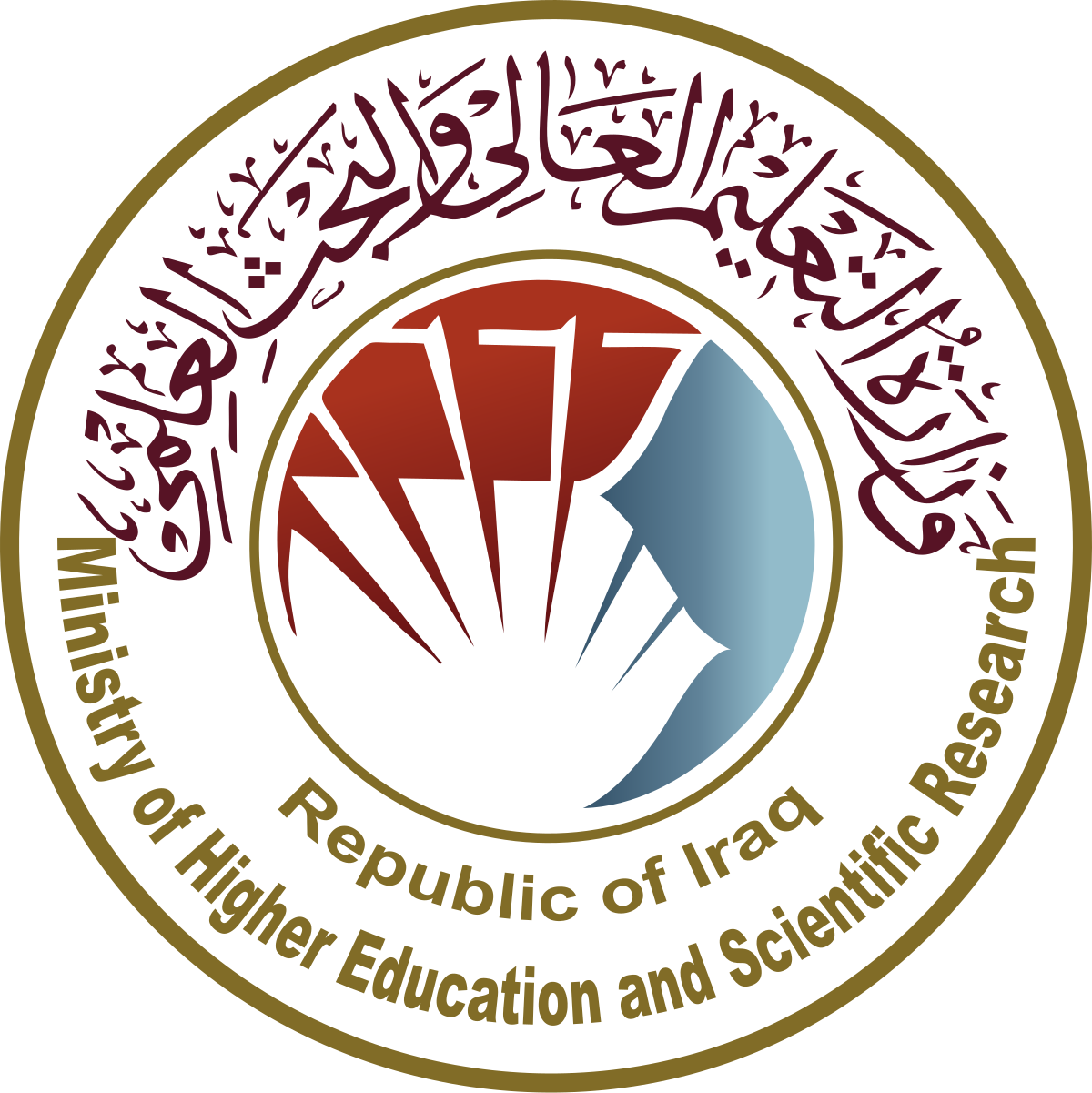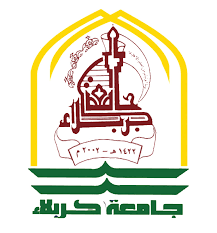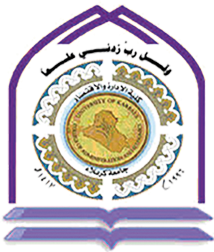The impact of human resources architecture on psychological empowerment, a case study at the College of Administration and Economics / University of Kufa
Keywords:
Human resources architecture, psychological empowermentAbstract
The current research aims to explore the correlation between Human Resources Architecture and Psychological Empowerment, interpret the nature of the conceptual and philosophical relationship between them and what is the impact of the application techniques of Human Resources Architecture in Psychological Empowerment. This is a way of reducing the knowledge gap between the variables of research. Thus, it is possible to achieve this by testing correlations between Human Resources Architecture and Psychological Empowerment and what is their impact on each other, where the scholar distributed a questionnaire to 180 the number of Faculty members and employees were retrieved 171 valid questionnaires for analysis. The theoretical results showed a knowledge gap in interpreting the nature of the relationship between Human Resources Architecture and Psychological Empowerment in organizations in general and in the organization in question in particular. As a result, it was drafted some recommendations, which will hopefully be taken advantage of by the researchers based on the empirical results that showed a moral and positive correlation between Human Resources Architecture and Psychological Empowerment. Moreover, having a significant effect and positive Human Resources Architecture in Psychological Empowerment. These results came out through validated research hypotheses that were used several research methods, which were represented on average, standard deviation, variance, as well as Cronbach's alpha coefficient of correlation and regression.
References
أولاً: المصادر باللغة العربية:
- محمد جودت محمد فارس. (2014). العلاقة بين الثقة التنظيمية و الالتزام التنظيمي: دراسة ميدانية على جامعة الأزهر، غزة. IUG Journal of Economics and Business Studies, 22(2), 165-195
- سعد العنزي, احمد صالح. (2009). ادارة راس المال الفكري في منظمات الاعمال, عمان /الأردن, دار اليازوري العلمية للنشر والتوزيع.
- نادية ابراهيمي: دور الجامعة في تنمية رأس المال البشري لتحقيق التنمية المستدامة, رسالة ماجستير, جمهورية الجزائر العربية, جامعة فرحات عباس , كلية العلوم الاقتصادية وعلوم التسيير والعلوم التجارية,( 2013).
- فرحاتي لويزة: دور رأس المال الفكري في تحقيق الميزة التنافسية للمؤسسات الاقتصادية في ظل اقتصاد المعرفة, رسالة دكتوراه, جمهورية الجزائر العربية, جامعة محمد خيضر, كلية العلوم الاقتصادية وعلوم التسيير,)2016(.
- كمال الحسني( 2015), التمكين النفسي: ثروة لتعزيز السلوك الريادي دراسة تحليلية لاراء عينة من تدريسي جامعة المثنى. مجلة المثنى للعلوم الادارية والاقتصادية. العدد(1) ص 175-176.
- مصعب القثامي: التمكين النفسي وعلاقته بالولاء التنظيمي لدى العاملين يقوى الامن بمدينة الرياض, رسالة ماجستير, المملكة العربية السعودية, جامعة نايف العربيةللعلوم الامنية, ( 2009).
- ابا زيد, رياض (2010) اثر التمكين النفسي على سلوك المواطنة للعاملين في مؤسسة الضمان الاجتماعي في الأردن. مجلة جامعة النجاح للأبحاث- العلوم الإنسانية - المجلد 24 .
ثانياً: المصادر باللغة الأجنبية:
Bal, P., Kooij, D. T. A. M. and Rousseau, D. M., 2015. Aging Workers and the Employee-Employer Relationship. Springer.
Boxall, P., and Purcell, J. (2003). Strategy and Human Resource Management. Hound mills: Palgrave Macmillan.
Saunders, M., Lewis, P. & Thornhill, A. (2007). Research methods for business students. 4th ed. London: Prentice Hall.
Sparrow, P.R. and Cooper, C.L. (2003), The Employment Relationship: Key Challenges for HR, Butterworth-Heinemann, London.
Sparrow, P., & Otaye-Ebede, L. (2014). Lean management and HR function capability: the role of HR architecture and the location of intellectual capital. The International Journal of Human Resource Management, 25(21), 2892-2910
Thomas, K. (ed.), 1999, The Oxford Book of Work, Oxford University Press, Oxford.
Gennard, J. & Judge, G. (2002), Employee Relations (third edition), Chartered Institute of Personnel and Development, Wimbledon.
Legge, K. (1995), Human Resource Management: Rhetorics and Realities, Macmillan Business, London.
Lepak, D.P., Snell, S.A. (1998). Virtual HR: Strategic Human Resource Management in the 21st entury. Human Resource Management Review, 8, 3, p. 215-234.
Limpanitgul, T. (2009). Methodological Considerations in a Quantitative Study Examiningthe Relationship between Job attitudes and Citizenship Behaviours. 18th EDAMBA Summer Academy Soreze, France.
Lowe, G. S., & Schellenberg, G. (2001). What's a Good Job? The Importance of Employment Relationships. CPRN Study. Changing Employment Relationships Series. Renouf Publishing, 812 Proctor Avenue, Ogdensburg, NY 13669-2205.
Nto, k. A.(2015) The mediating role of organizational commitment in influence elationships between interpersonal communication and emotional intelligence toward employee performance. International Journal of Business, Economics and Law, Vol. 7, Issue 2 (Aug.) ISSN 2289-1552.
OCDE, (2007), Le Capital Humain: Comment Le Savoir Détermine Notre Vie, Les éditions De L’OCDE, paris, France.
Jackson, S. E., Schuler, R. S., & Jiang, K. (2014). Strategic HRM: A review and framework. Academy of Management Annuals, 8, 1–56.

Downloads
Published
How to Cite
Issue
Section
License
Copyright (c) 2017 Iraqi Journal for Administrative Sciences

This work is licensed under a Creative Commons Attribution-NonCommercial-NoDerivatives 4.0 International License.
Authors retain the copyright of their papers without restrictions.









